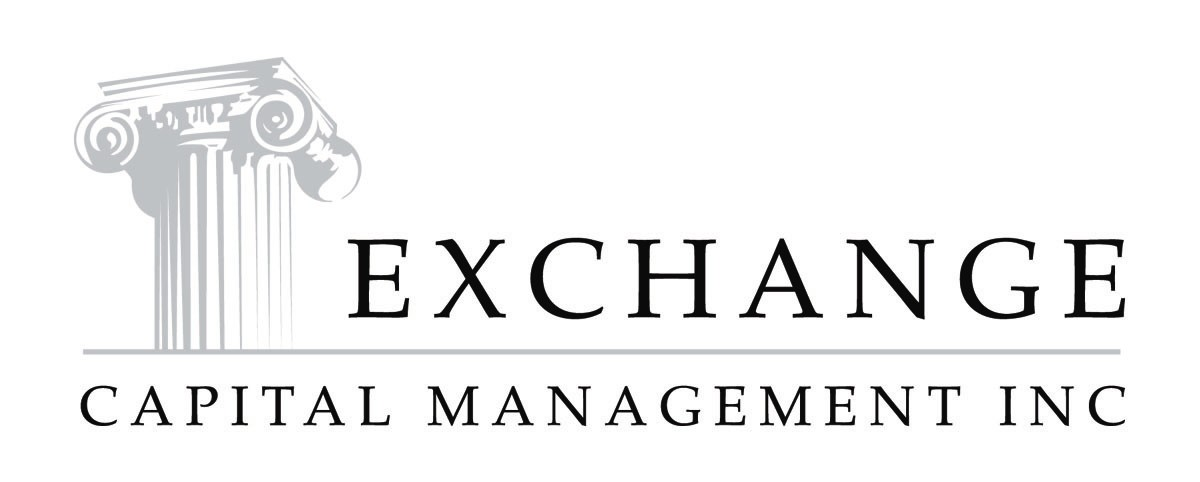The IRS Just Offered You a Raise

It doesn’t happen often, but every now and then the IRS has some good news to share. For the first time in 6 years, retirement savers have just been given a “raise” for the 2019 calendar year. Thanks to persistently low levels of inflation, maximum contribution limits for various retirement accounts haven’t budged since 2013.
That’s finally changing, providing some relief for anyone looking to sock away as much savings as they can leading up to retirement. While the increases may appear relatively small at first glance, every little bit helps as the vast majority of Americans find themselves behind when it comes to saving for retirement.
Below is a summary of some of the recently released changes so you can begin planning for 2019 accordingly.
Traditional and Roth IRA Limits
The new contribution limit for both Traditional and Roth IRAs will increase by $500 to $6,000.
It’s important to remember that IRA contribution limits apply to individuals specifically, not to accounts. If you have multiple IRA accounts (Traditional, Roth, or both), your total contributions among all accounts cannot exceed the $6,000 annual limit.
401(k) Limits
For anyone eligible to participate in an employer 401(k) plan, the new employee contribution limit moves up to $19,000 before taxes. That’s a $500 increase from the previous $18,500 limit. The same contribution limit increase also applies to other employee salary deferral plans such as 403(b)s, most 457s, and the government’s Thrift Savings Plan.
As a result, the maximum annual defined contribution limit, which combines both employee and employer contributions, has been adjusted upward as well. That will increase from $55,000 to $56,000.
Solo 401(k) Limits
Solo 401(k)s will allow for contributions up to the lessor of $56,000 or 100% of the employee’s salary in 2019.
SEP IRA Limits
The contribution limit for SEP IRAs increases to the lessor of $56,000 or 25% of the employee’s salary in 2019. The compensation limit that is used as the basis of the savings calculation has also been adjusted higher to $280,000 from $275,000.
Simple IRA Limits
Simple IRA contribution limits are increasing to $13,000, up from the previous $12,500.
Defined Benefit Plans
The annual benefit allowed for in a defined benefit pension plan is increasing $5,000 to $225,000 in 2019. That really only pertains to high-earning self-employed individuals, but for those that qualify, the increase is a significant way to save more while taking a larger tax deduction.
Same Old Catch-Up
Unfortunately, for those over 50 years old, there was no adjustment to the “catch-up contribution.” The catch-up provision is an IRS allowance for additional savings into retirement accounts above the standard contribution limits as individuals get older. Those additional contribution limits will stay as they were:
- $1,000 for Traditional and Roth IRAs. Total contribution limit for anyone over age 50 is now $7,000 ($6,000 + $1,000 catch-up).
- $6,000 for 401(k)s and similar accounts like 403(b)s, 457s and Thrift Savings Plans. Total contribution limit for anyone over age 50 is now $25,000 ($19,000 + $6,000).
- $6,000 for Solo 401(k)s. Total contribution limit for anyone over age 50 could be as high as $62,000 ($56,000 + $6,000).
- $3,000 for Simple IRAs. Total contribution limit for anyone over age 50 is now $16,000.
IRA Deductibility
The IRS also adjusted the deductible IRA limits for 2019 as well. This is important to keep in mind for anyone looking to save beyond an employer provided retirement account, or in the absence of one altogether.
If you are covered by a retirement plan at work:
| Tax Filing Status & Modified Adjusted Gross Income Limits |
||
| Deduction | Single | Married filing jointly |
| Full | $64,000 or less | $103,000 or less |
| Partial; deduction begins to phase out | More than $64,000 and less than $74,000 | More than $103,000 and less than $123,000 |
| Non-deductible | Above $74,000 | Above $123,000 |
If you, and/or your spouse, are not covered by a retirement plan at work:
| Tax Filing Status & Modified Adjusted Gross Income Limits |
||
| Deduction | Single and married filing jointly (neither spouse covered) | Married filing jointly (one spouse covered) |
| Full | Any | $193,000 or less |
| Partial; deduction begins to phase out | More than $193,000 and less than $203,000 | |
| Non-deductible | Above $203,000 | |
Roth IRA Income Eligibility
The inflation adjustment helps Roth IRA savers too. In 2019, the AGI phase-out range for taxpayers making contributions to a Roth IRA is $193,000 to $203,000 for married couples filing jointly, up from $189,000 to $199,000 in 2018. For singles and heads of household, the income phase-out range is $122,000 to $137,000, up from $120,000 to $135,000 in 2018.
Health Savings Accounts
Lastly, Health Savings Accounts (HSAs) see minor adjustments to their annual pre-tax contribution limits. While not necessarily intended to be used as retirement accounts, we’ve written about HSAs powerful benefits before.
For 2019, the pre-tax contribution limit goes up to $3,500 for individual plans and $7,000 for family plans (a $50/$100 increase from 2017). An additional $1,000 catch-up contribution for individuals over age 55 (not age 50 like traditional retirement accounts) stays unchanged.
Every Little Bit Counts
If you’re currently utilizing any of the above retirement accounts, or thinking about starting, be sure to consider taking full advantage of the allowable contribution limits. Discuss with your financial advisor how you can take advantage of these changes and then don't forget to execute any workplace account changes with HR during open enrollment. Even a small increase to your savings rates now will help better prepare you to face retirement income needs down the road.
>> Related Article: A MEGA Roth Savings Opportunity Hiding Within Your 401(k) <<
Comments
Market Knowledge
Read the Blog
Gather insight from some of the industry's top thought leaders on Exchange Capital's team.
Exchange Capital Management, Inc.
110 Miller Ave. First Floor
Ann Arbor, MI 48104
(734) 761-6500
info@exchangecapital.com



